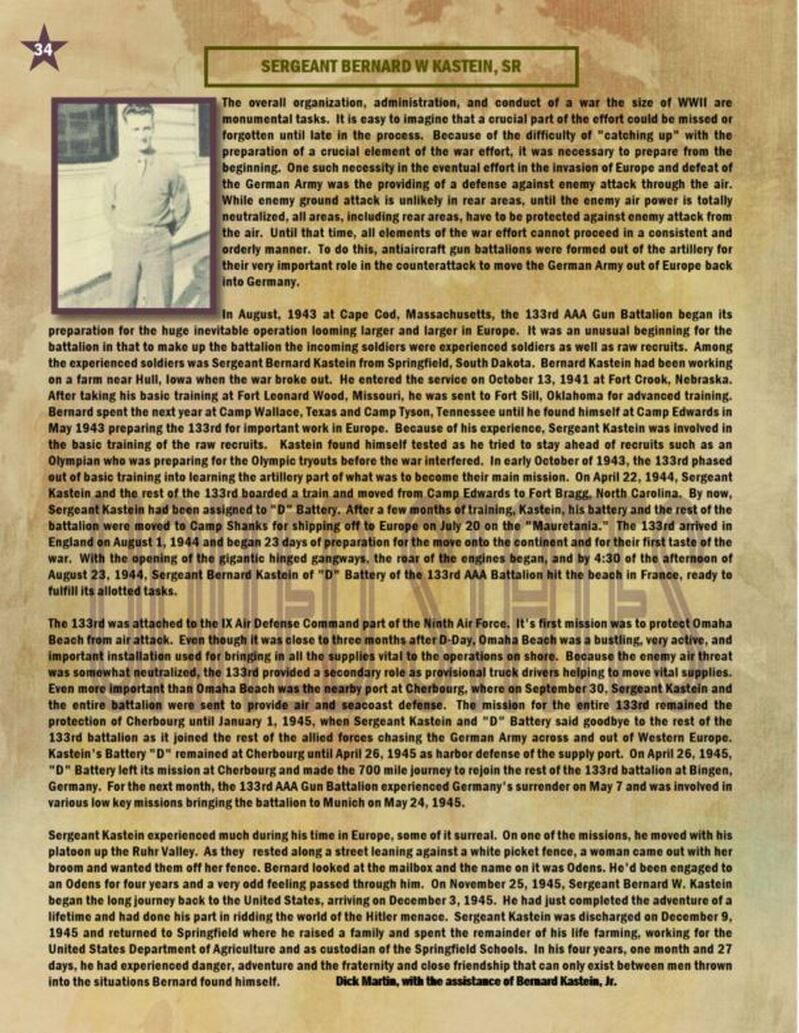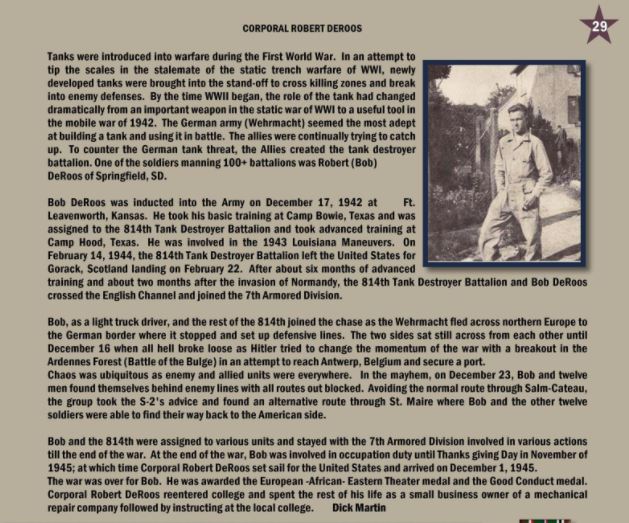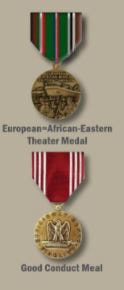|
0 Comments
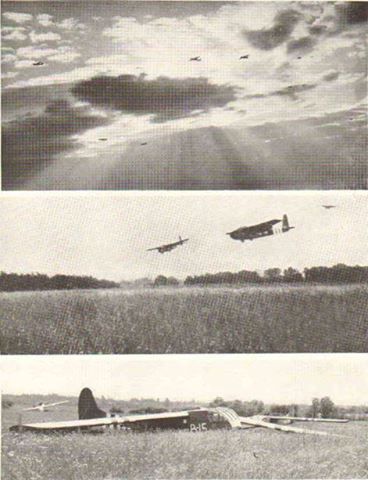 By Dick Martin Military gliders have been used by the militaries of various countries for carrying troops and heavy equipment to a combat zone, mainly during the Second World War. These engineless aircraft were towed into the air and most of the way to their target by military transport planes. Once released from the tow craft near the front, they were to land on any convenient open terrain close to the target, hopefully with as little damage to the cargo and crew as possible as. Most landing zones were far from ideal, so landing the gliders was problematic. The one-way nature of the missions meant that the gliders were treated as semi-expendable. Gliders, as opposed to airborne paratroops, could land troops and equipment in greater concentrations precisely at the target landing area. Furthermore, the glider, once released at some distance from the actual target, was effectively silent and difficult for the enemy to identify and/or locate. Dated February 24, 1941, MG “Hap” Arnold, initiated a study with view to develop a glider capable of being towed by aircraft. In October of 1941, Lewin Barringer was made Glider Specialist and put in charge of the glider program. The number of glider pilots needed for 500 eight-seated gliders and 500 fifteen-seat gliders was 1000; however, the number of glider pilots increased to 6000 by June of 1942. Gliders were first used in the invasion of Sicily in July of 1943, and participated in the D-day assault of France in June of 1944, the crossing of the Rhine in March of 1945, in the China-Burma-India Theater, and finally, at Luzon on 23 June of 1945. By the end of the war, the US had built 13,612 gliders of all types and had trained over 6,000 glider pilots. Following the war, the US maintained only one regiment of gliders. By the time of the Korean War, helicopters had largely replaced gliders. The movies have adequately portrayed the danger of using gliders in military operations. If the tow-plane is not shot down, or the towed glider is not shot down before or after it is released by the tow-plane, or the glider does not land where it is supposed to, or you survive a likely crash landing on a problematic LZ, then the real danger begins as the surviving landing troops attempt to accomplish their mission. After researching this topic, a question remains for me that I have harbored for many years and that is: Assuming he survives all the hazards of piloting a glider and given that the glider is on a one-way mission, what does the pilot do after he has landed the glider? Does he automatically become a regular soldier like the glider passengers, or does he attempt to return to friendly lines, or something else? Taken from Wikipedia By Dick Martin 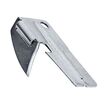 You may not know what a P-38 is, but I can assure you that every soldier that ever trained or spent any time on patrols or in the “Bush” knows exactly what it is. During the Vietnam War, if one was magically able to have all P-38s disappear from grunts’ gear, every one of them would have to return from the field. The P-38 was very cleverly designed to be a simple can opener. It is compact enough that a soldier can attach it to the neck chain carrying his dog tags. It has a strong spine (forged rib) that makes it unbreakable, a hole at the top that makes it easy to attach to the soldier’s dog tag chain or lower a can into boiling water, a fulcrum that allows it to grip the lid of the can for firm steady cutting, a blade that pops out to cut the can around the edges until it pops off or is completely cut off, and finally and most importantly the P-38 can be used for a multiple of tasks, limited only by the soldier’s ingenuity, i.e., prying the cap off of a bottle of beer, as a flathead screwdriver, or stripping wire. The P-38 was first used on a large scale with the widespread distribution of C-Rations cans during WWII. A P-38 was included with each case of C-Rations. No one knows for sure where the name P-38 came from. It is about 38.31 millimetres (1.508 in) long. More than 12 million were produced by 1970 and the trusty P-38 remains in production worldwide today. Taken from the April 2021 issue of Vietnam Magazine in an article entitled “The P-38 ‘John Wayne’ Can Opener” by Carl O Schuster |
Categories
All
Archives
October 2023
|
